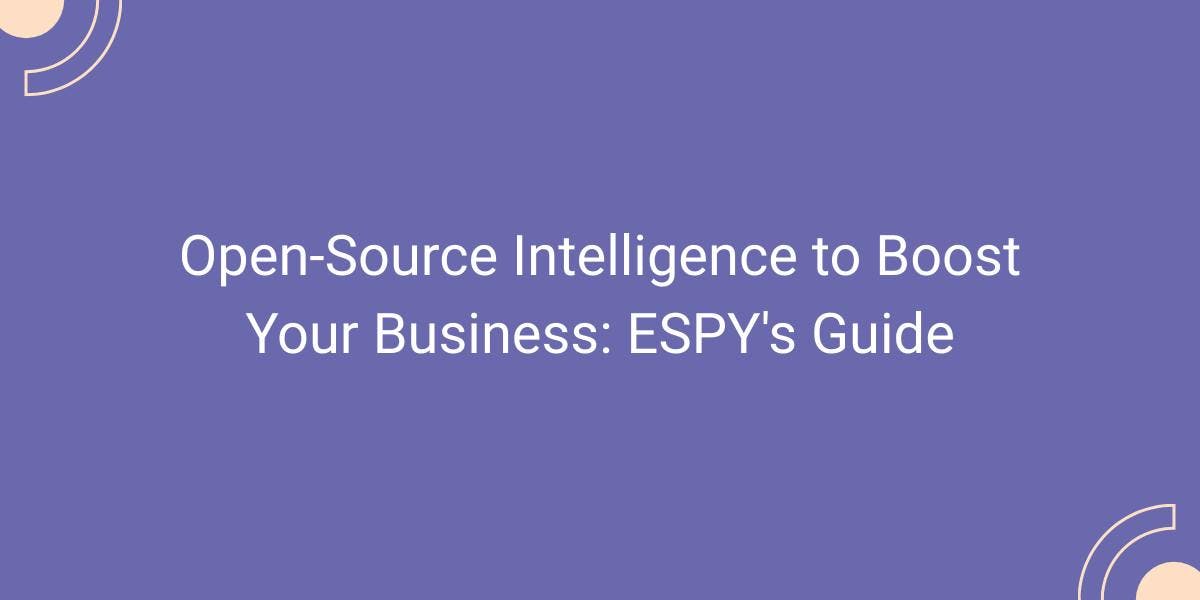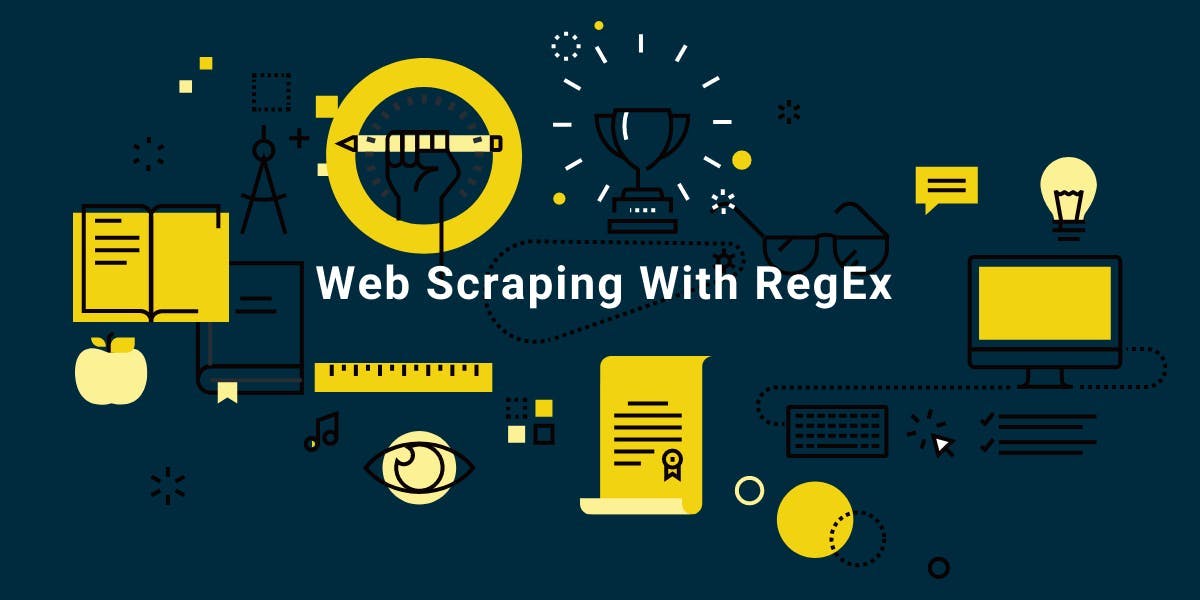What Is Parsing of Data?
Flipnode on May 10 2023

If you work in development or regularly communicate with a tech team, you may encounter the term "data parsing." Essentially, data parsing involves converting data from one format into another, more readable format. However, this is a simplistic definition.
This article will explore the concept of parsing in programming in more detail. Specifically, we'll examine the pros and cons of developing an in-house data parser versus purchasing a pre-existing data extraction solution that includes parsing capabilities.
What is data parsing?
Parsing is a technique used to structure data, and it is commonly used in programming. The concept can be confusing due to the various descriptions available, but we have simplified it to make it easier to understand.
In simple terms, data parsing is the process of converting one type of data into another. For instance, if you receive your data in raw HTML, a parser can transform it into a more readable format that is easy to comprehend.
What does a parser do?
A proficient parser is capable of identifying the relevant information within an HTML string and extracting it based on pre-defined rules and code. The extracted data is then transformed into a readable format such as JSON, CSV, or a table, among others.
It should be noted that a parser is not limited to a specific data format. Its function is to convert data from one format to another, and the output format is determined by the parser's design and construction.
Parsers have various applications in technology, including:
- Programming languages like Java and others.
- Markup languages such as HTML and XML.
- Interactive Data Language (IDL) and Object Definition Language (ODL).
- Database languages including SQL.
- Modeling languages.
- Scripting languages.
- Internet protocols like HTTP and others.
To build or to buy?
When considering the business implications of data parsing, one might ask themselves: "Would it be more advantageous for my tech team to construct a parser, or should we consider outsourcing?"
Typically, it is more cost-effective to develop an in-house parser as opposed to purchasing an existing tool. However, this decision is not a straightforward one, as many other factors should be considered when deciding between the two options. In this article, we will explore the potential benefits and drawbacks of both choices.
Building a data parser
Suppose you opt to develop your parser. There are several notable advantages to this approach:
- A parser can be customized to fit your specific parsing needs, making it a perfect fit for your organization's requirements.
- Developing your parser can be more cost-effective than purchasing a pre-built solution.
- You have complete control over any modifications, updates, and maintenance required for your parser.
However, building your own parser also comes with some disadvantages:
- You will need to hire and train an in-house team to build the parser.
- Maintaining the parser is crucial, which means more in-house expenses and time resources used.
- You will need to purchase and build a server that is fast enough to parse your data at the required speed.
- Being in control does not always equate to easy or advantageous decision-making. You will need to work closely with the tech team to make the right decisions, spending a lot of time planning and testing.
While building your own parser has its benefits, it requires a significant investment of resources and time, especially for developing a sophisticated parser that can handle large volumes of data. This will require a highly-skilled development team and valuable human resources.
Buying a data parser
What about purchasing a data parsing tool? Here are some advantages:
- You won't need to spend money on building an in-house team, as the tool provider will handle everything, from maintaining the parser to managing the servers.
- Any potential problems can be resolved quickly as the tool provider has extensive expertise in their technology.
- The tool is more likely to be reliable and crash-free as it has been thoroughly tested and optimized to meet market demands.
- You can save a significant amount of time and resources on decision-making since the tool provider will take care of everything.
Certainly, there are some drawbacks to purchasing a parser as well:
- The cost may be slightly higher.
- You won't have as much control over it.
Although there seem to be numerous advantages to buying a parser, it may be helpful to consider the type of parser you require. While an expert developer can create a simple parser within a week, a complicated one may take several months. This is a significant amount of time and resources.
Moreover, the decision to build or buy a parser is dependent on whether you are a large business with ample time and resources to develop and maintain a parser or a smaller business that needs to get things done to expand within the market.
Wrapping up
After reading this article, you should have a better understanding of data parsing. When it comes to deciding whether to build or buy a parser, it's important to consider the complexity and volume of data you need to parse. If you need a highly sophisticated parser for large data sets, it may be best to have a skilled development team to build and maintain it. However, for smaller, less complex parsers, building your own may be the better option. Ultimately, the decision should be based on the needs and resources of your business.



